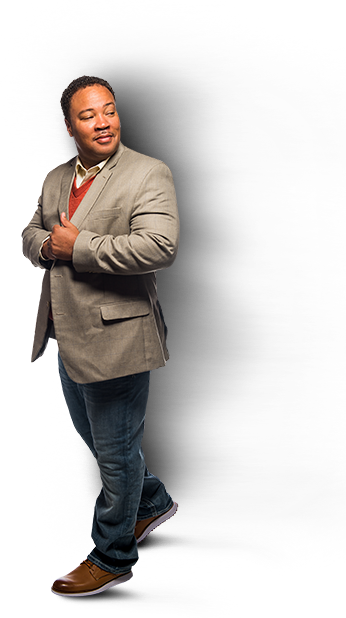Over the past couple of years, I’ve written a lot about the various parts and pieces that make up safe patient handling (SPH) programs. If you’ve followed my blogs, you sometimes may have gotten lost in some of the information, especially if you are not familiar with how SPH programs work. From patient-lift technology (equipment) to policies and processes, to buy-in and organizational cultures—all of these discussions were aimed at demonstrating how all are related to achieving one fundamental objective: creating an operational system that designates patient-lift technology as the primary means for how professional caregivers are to go about lifting and moving patients. This operations system is designed to take the place of traditional manual patient lift practices and processes. The implementation goal for SPH programs is to transition patient-lift technology from being thought of as an exceptional available option for when manual lifting practices are not probable to an accepted standard of clinical practice where using patient-lift equipment for all lifts is the hospital organization’s norm.
To make SPH programs work, patient-lift technology must be made consistently and continuously available for employees. This is why you will often hear safe patient handling programs referred to as comprehensive because there are smaller processes that must be in play in order for SPH operations systems to work. Whether it be procuring the appropriate patient-lift equipment, continuous distribution or redistribution processes for slings, or having a maintenance plan in place to address equipment failures and breakdowns, all sub-systems must be well established in order for patient-lift technology to remain consistently available for staff’s use.
In the popular book Switch, Chip and Dan Heath write, “A long journey starts with a single step, but a single step doesn’t guarantee the long journey”. This could not be truer when implementing SPH programs: Patient-lift technology is an important first step, but without the other steps needed to keep the process fluid, the journey will fall short of consistently reducing employee injuries related to lifting, moving, and handling patients. The frustrations that sometime lead people to believe that the concept of using machines to reduce employee injuries is novel but not practical often occur because a simple piece of the SPH process is excluded from the overall equation.
For a program that sometimes seems difficult if it were logically thought through, assembling the pieces to the SPH puzzle may not be as quite as difficult as one would first think. Applying a few simple steps at the start of a journey leads directly to decreased patient handling injuries and improved employee satisfaction over a long period of time.
- Ensure patient-lift equipment matches common manual patient lift practices specific to the clinical area.
- Establish a sling accessory distribution process so that equipment accessories are consistently available to staff.
- Implement an equipment failure contingency that readily addresses equipment malfunctions and breakdowns.
- Write policies to govern your program.
- Commit to eliminating manual patient lifting as a safety priority for the organization.
No longer does a case have to be made that SPH programs are able to reduce employee injuries caused by lifting, moving, and handling patients. Evidence-based research by Audrey Nelson, PhD, RN, has already concluded this for us. However, our challenge is not only starting the process towards injury prevention, but also seeing the process through until the desired results are reached. Keep in mind that processes in hospital organizations are already set up to support patient care. The challenges in implementing safe patient handling operations systems is figuring out how the program fits into already established hospital processes.


